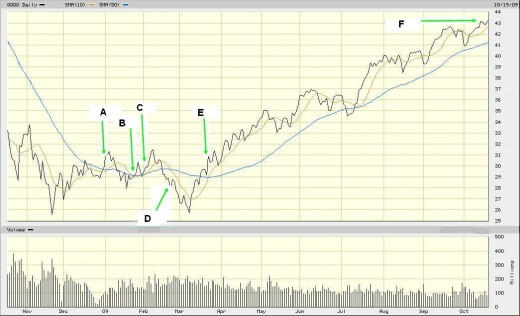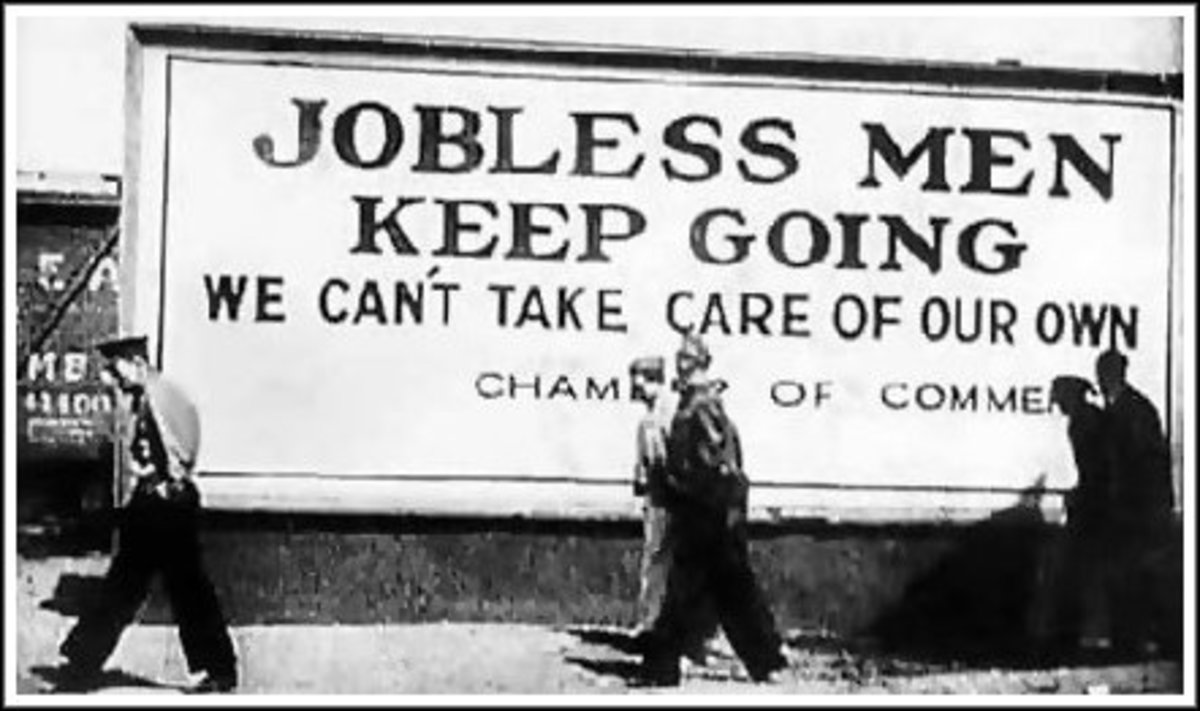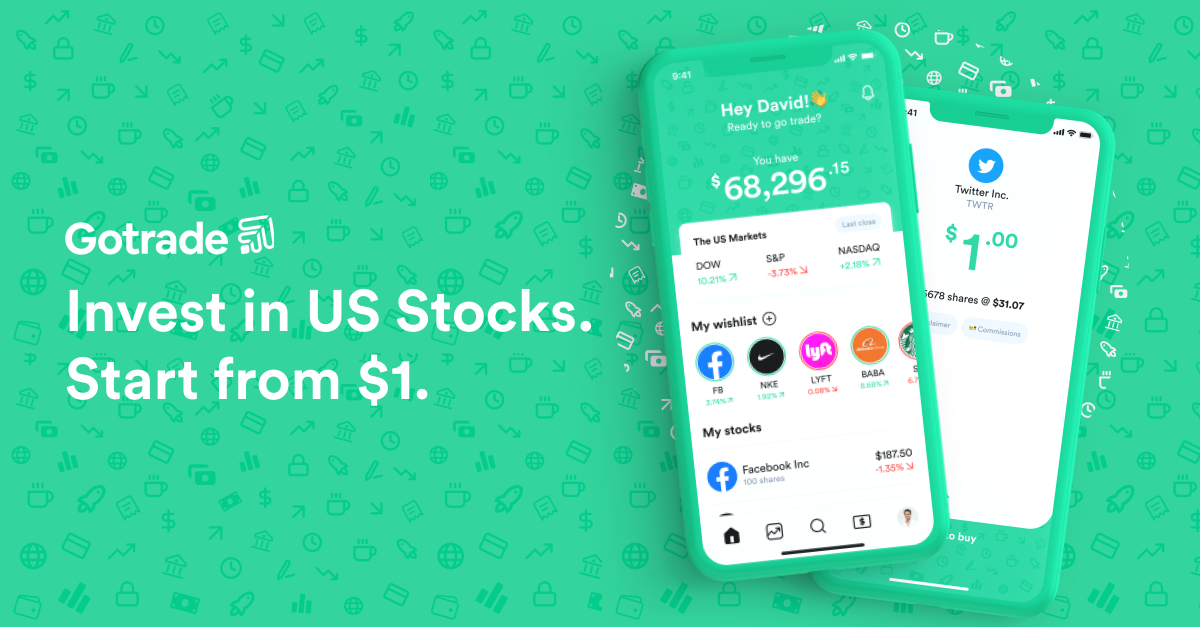How to Buy Shares – Benefits of Whipsaws – Can’t Lose Trades
A Proven Wealth Builder
If you have been wondering why some people seems to know the secret of making cash in the stock market, wonder no more. There is one thing they know that you do not know. The stock market has over the time been a proven wealth builder and should benefit all those who buy stocks or shares. It is only right that each one of us is entitled to a piece of the action. But that is not the case because practically millions of people are losing their hard earned money whilst a few men and women are swimming in huge profits from the stock market.
Whipsaw
People usually lose money in the stock market because they are whipsawed by the market. A whipsaw is a situation where a stock’s price moves in one direction, and then suddenly moves in the opposite direction. The term whipsaw may have originated from whip-saws that are used by lumberjacks to cut wood. The whipsaw situation in stock market can continue for several weeks before finally picking on the right direction. The fact of the matter is that it can not continue whipsawing forever. Take note of that last statement, if you will.
Whipsaw in Stock Prices an Adversity
We say a whipsaw has occurred when the stock market does the opposite of what we expect. We may have made a decision to trade based on expectation the stock price is to continue in the direction of past prices, only for the price to head in the opposite direction. We can therefore say that a whipsaw in stock prices is an adversity, failure, or heartache to traders. Unfortunately, when that situation happens, 95 percent of traders will surrender allowing the stock market to destroy their investment in stocks.
Napoleon Hill
Napoleon Hill once said that every adversity, every failure, every heartache, every whipsaw loss carries with it the seed on an equal or greater benefit. What Napoleon Hill is telling us is to look at whipsaw as a catalyst to better profits in the stock market. And that is exactly what we are going to do. We are going to look at overcoming whipsaws in Can’t Lose Trades. Yes, stock trades that you can only gain. No losing trades.
Listen to Your Chart and the Stock Prices
Believe it or not, to gain the courage to press the stock trade transmission button in your trading platform is a very difficulty thing. This is because of emotions. When it comes to your hard earned money, emotions are very powerful influences. The results are to postpone the trades forever only to find your money is all gone with the market. Do not ever let emotions lead you away from a solid investment plan. There is no much I can help you with when it comes to controlling your emotions and your brains. But I would tell you this: Do not listen to news, do not listen to anybody but listen to only one thing: listen to your chart and the stock prices.
Overcome Psychological Weaknesses
To invest successfully in the stock market, you need not be a genius. Warren Buffett once told us that to be successful in trading stocks; we need the temperament to control the urges that get other people into trouble in investing. Unlike many other things that we do in life, successful investing requires ones ability to identify and overcome psychological weaknesses.
You are a human being. If you read Peter Leonard Bernstein’s book "Against the Gods", Bernstein says that we human will always reveals repeated patterns of irrationality, inconsistency, and incompetence in the ways we arrive at decisions and choices when faced with uncertainty.
Isaac Newton
In 1700, the genius Isaac Newton must have learnt this the hard way. Isaac Newton invested his money in South Sea Company which was the company of the day which had the monopoly of trading African slaves for the Americans at £100 and rising to £1200 per share but when the share started the downtrend, poor Isaac Newton held on to his dear shares and he lost £20,000 which was a lot of money then, and even today £20,000 is still a lot of money. A stock is nothing if it’s not making money to you. Throw it to the dogs. After the loss, Isaac Newton remarked that he can calculate the motions of heavenly bodies, but not the madness (read emotions) of people.
Greater Benefits of Whipsaws – Can’t Lose Trades
We now shall look at the Greater Benefits of Whipsaws – Can’t Lose Trades. We shall use an exchange traded fund (ETF) which is as good as a stock – its short-able, it pays dividend and has well spaced options plus the advantage of not being easily manipulated by notorious CEOs who uses a company’s money to treat endless girlfriends in EasterIslands. We shall be looking at QQQ Power Shares, which is an ETF, for the last one year. We shall use the end of the day price data. To identify the whipsaws we shall use the basic 10 days and 50 days moving averages, entering a trade short or long whenever the two moving averages crosses over. The chart is as shown below.

Equal Increment Interval after Every Loss
In this can’t loss method, we use equal increase interval after every loss from a whipsaw until such a time we make a huge profit. No more, No less.
1. We start with 10 shares of QQQ. We enter the trade at point “A” by buying long the stock long at $31 and exit the trade at point “B” by selling the stock at $29 for a loss of $2 per share. For 10 shares we make a loss of $20. Our initial investment for that trade was $310.
2. We start this trade with 20 shares of QQQ. We enter the trade at point “B” by selling short the stock at $29 and exit the trade at point “C” by buying the stock to close at $30 for a loss of $1 per share. For 20 shares we make a loss of $20. Our initial investment for that trade was, say, $290 (a short sale requires initial margin of about 50% the stock’s value and the stocks' sale proceeds are retained by your stockbroker).
3. We start this trade with 30 shares of QQQ. We enter the trade at point “C” by buying long the stock long at $30 and exit the trade at point “D” by selling the stock at $28.5 for a loss of $1.5 per share. For 30 shares we make a loss of $45. Our initial investment for that trade was $900.
4. We start this trade with 40 shares of QQQ. We enter the trade at point “D” by selling short the stock at $28.5 and exit the trade at point “E” by buying the stock to close at $30 for a loss of $1.5 per share. For 40 shares we make a loss of $60. Our initial investment for that trade was say $1140 (a short sale requires initial margin of about 50% the stock’s value and the stocks' sale proceeds are retained by your stock broker).
5. We start this trade with 50 shares of QQQ. We enter the trade at point “E” by buying long the stock long at $30 and still holding the stock at the current price of $43 at point “F”. Profit currently stands at $13 per share. For 50 shares we make a profit of $650. Our initial investment for that trade was $1500.
6. Net profit from No. 1 to No. 5 above, is a total of $505
We have made a profit because we can’t loss. But Note very carefully: we started the unknown journey with $310 and ended up spending $1500 so that we can make that one profit of $650. If we had less than $1500 or if we did not have the courage to pull the trigger and invest $1500 after successive losses, we would have surrendered and would have lost to the market. Does this tell you anything?
Double Increment Interval after Every Loss
In this can’t loss method, we use equal increase interval after every loss from a whipsaw until such a time we make a huge profit. No more, No less.
1. We start with 10 shares of QQQ. We enter the trade at point “A” by buying long the stock long at $31 and exit the trade at point “B” by selling the stock at $29 for a loss of $2 per share. For 10 shares we make a loss of $20. Our initial investment for that trade was $310.
2. We start this trade with 20 shares of QQQ. We enter the trade at point “B” by selling short the stock at $29 and exit the trade at point “C” by buying the stock to close at $30 for a loss of $1 per share. For 20 shares we make a loss of $20. Our initial investment for that trade was, say, $290 (a short sale requires initial margin of about 50% the stock’s value and the stocks' sale proceeds are retained by your stockbroker).
3. We start this trade with 40 shares of QQQ. We enter the trade at point “C” by buying long the stock long at $30 and exit the trade at point “D” by selling the stock at $28.5 for a loss of $1.5 per share. For 40 shares we make a loss of $60. Our initial investment for that trade was $1200.
4. We start this trade with 80 shares of QQQ. We enter the trade at point “D” by selling short the stock at $28.5 and exit the trade at point “E” by buying the stock to close at $30 for a loss of $1.5 per share. For 80 shares we make a loss of $120. Our initial investment for that trade was, say, $1140 (a short sale requires initial margin of about 50% the stock’s value and the stocks' sale proceeds are retained by your stock broker).
5. We start this trade with 160 shares of QQQ. We enter the trade at point “E” by buying long the stock long at $30 and still holding the stock at the current price of $43 at point “F”. Profit currently stands at $13 per share. For 160 shares we make a profit of $2080. Our initial investment for that trade was $4800.
6. Net profit from No. 1 to No. 5 above, is a total of $1860
We have made a profit because we can’t loss. But Again Note very carefully: we started the unknown journey with $310 and ended up spending $4800 so that we can make that one profit of $2080. If we had less than $4800 or if we did not have the courage to pull the trigger and invest $4800 after successive losses, we would have surrendered and would have lost to the market. Does this tell you anything? This should explain to you why casinos impose betting limits for almost every single game. This is because if you keep playing while raising your bet, you will never lose.
Starting on Unknown Journey
Unfortunately, we humans are very proud. If I ask you the doctors you see when your family get sick you will probably tell me the best doctors in the country. When you go to see a doctor you are actually starting on unknown journey and it may happens the journey may require your best doctors in the country to extract each an every penny you had in your saving until you are left at the mercy of the public health care. To succeed ones need to learn to plan for the next four or five unforeseen steps into the future.
What is to Trade a Stock?
You may have been told that to trade a stock is a two steps process of buying a stock and finally selling it at a profit. That is not true. To trade a stock is a process of several steps that involve buying and selling at a loss until eventually you make a profit far much bigger than your combined losses.
Warning
These Greater Benefits of Whipsaws – Can’t Lose Trades are actually not for every Jack and Jelly. Do not trade them. If you do trade them, you may lose all your money because chances are high that like the majority of the people, you lack the courage to control your emotions plus you may not be having sufficient money to add more trades. So, what happens if you ever reach that stage? The book, Benefits of Whipsaws in Can’t Lose Stock Trades, has details on what traders should do when they reach that stage.
These trades are meant for real men who have experience in trading stocks - men and women who sincerely believes in their chosen trading plans just like the Pope and religion.
If you have liked this article, and you would want this page to keep up and improved, you can help in any way you can. A free way to help would be to link back to this webpage from your web page, blog, or discussion forums.
The writer of this article is the Author of Benefits of Whipsaws in Can’t Lose Stock Trades.








